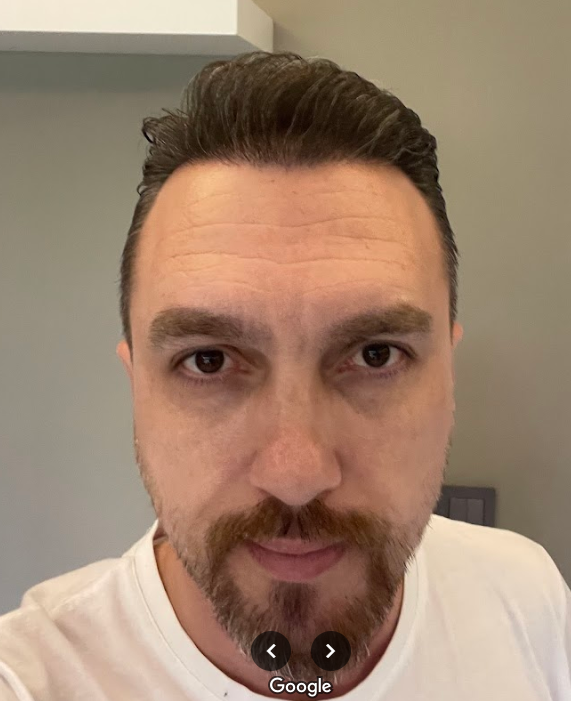What is Scalp Micropigmentation?
Scalp micropigmentation, also known as hair shading, has emerged as a form of hair tattooing and is now a popular and non-surgical treatment for hair loss. With its relatively short history, it was first introduced in the United States in 2015. Scalp micropigmentation is an innovative solution applied to achieve thicker and fuller-looking hair. It is ideal in the following scenarios:
– Genetic hair loss
– Hair loss due to illness
– Scar / scar tissue
– Incompatibility with hair transplantation
– As a complementary procedure with hair transplantation
– Achieving a homogeneous appearance in donor and/or other areas after hair transplantation.
How to Apply Scalp Micropigmentation?
Scalp Micropigmentation is similar to tattooing, but the application depth on the skin is more superficial. A suitable color pigment is implanted into the scalp, matching the color and light difference when the skin is without hair. The pigment should be herbal and organic to ensure it does not harm the individual. During the application, small dotting is done patiently, and the natural structure of hair follicles is mimicked. When selecting the color, it’s important to choose tones that match the skin color and suit the individual. Proper penetration to the right skin layer and depth prevents potential color changes or color dispersion later on.
Scalp Micropigmentation for Hair Loss
People experiencing hair loss can resort to alternative methods. These include medication usage, Toppik application, wearing hair prosthetics, and hair transplantation, which are among the primary options. A relatively new treatment for hair loss, called hair simulation, has been implemented since 2015 and continues to gain popularity every day due to its innovativeness, non-surgical nature, permanence, painlessness, and other factors.
Scalp Micropigmentation and Toppik Usage
Scalp Micropigmentation can be most closely compared to Toppik among the basic treatments mentioned above for hair loss, as both offer a form of semi-permanent solution. However, unlike Toppik, which needs to be reapplied with each wash, hair simulation provides a longer-lasting solution, typically lasting between 4 to 7 years.
Hair Transplantation and Scalp Micropigmentation
Scalp Micropigmentation is often preferred as a complementary and supportive method to hair transplantation by individuals who have hair loss types unsuitable for hair transplantation or who have undergone hair transplantation and aim to achieve a fuller, more homogeneous, and natural appearance. When compared to hair transplantation, the following advantages are observed with hair simulation:
– Non-surgical
– Painless
– Lower cost
– Instantly effective
– 100% effective
How Many Sessions of Hair Simulation Should Be Applied?
Scalp Micropigmentation is often preferred as a complementary and supportive method to hair transplantation by individuals who have types of hair loss unsuitable for hair transplantation or by those who have undergone hair transplantation and seek a fuller, more homogeneous, and natural appearance.
When compared to hair transplantation, the following advantages are observed with Scalp Micropigmentation:
– Non-surgical
– Painless
– Lower cost
– Instantly effective
– 100% effective
However, Scalp Micropigmentation cannot be completed in a single session. Since the skin is constantly renewing itself, additional sessions may be required in the first few months to ensure optimal results. To achieve maximum effectiveness, it is recommended to undergo 3 sessions of Scalp Micropigmentation. At MedicalHair Clinic, Specialist Doctor and former Chief Physician Zafer Ulusan may even recommend more than 3 sessions to achieve the fullest and most homogeneous appearance possible.
How Long Does Scalp Micropigmentation Last?
Scalp Micropigmentation remains permanent for approximately 4-7 years. Its permanence can then be extended with a short retouching session.
To learn more about scalp micropigmentation: www.izmrsacsimulasyon.com
For free consultation: info@medicalhair.org, 0 (533) 460-3994







